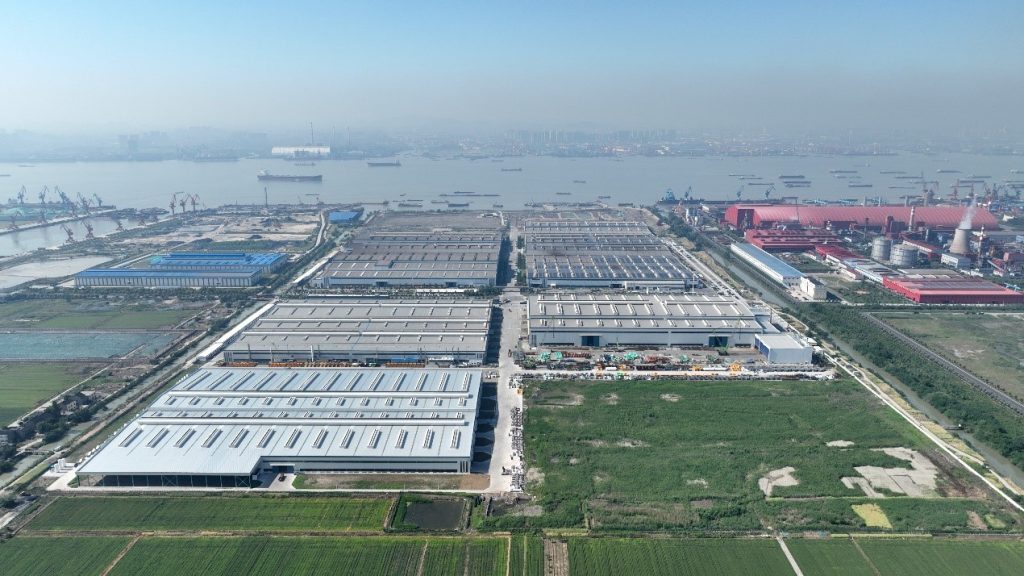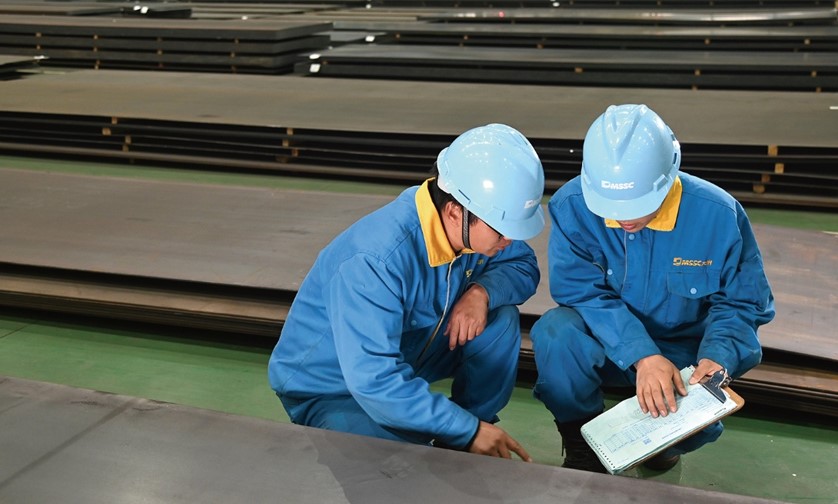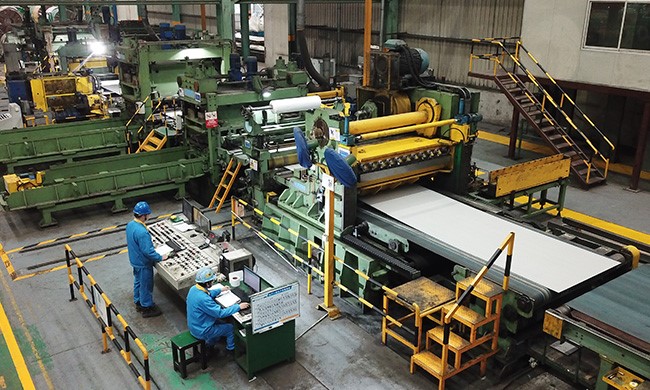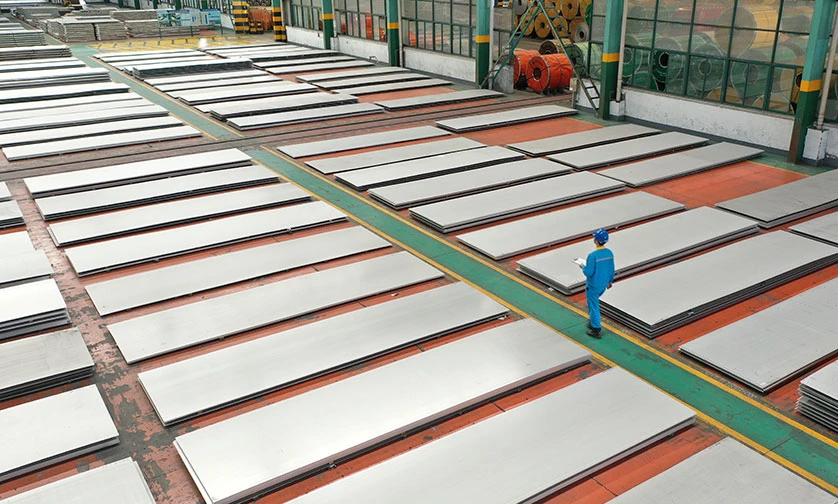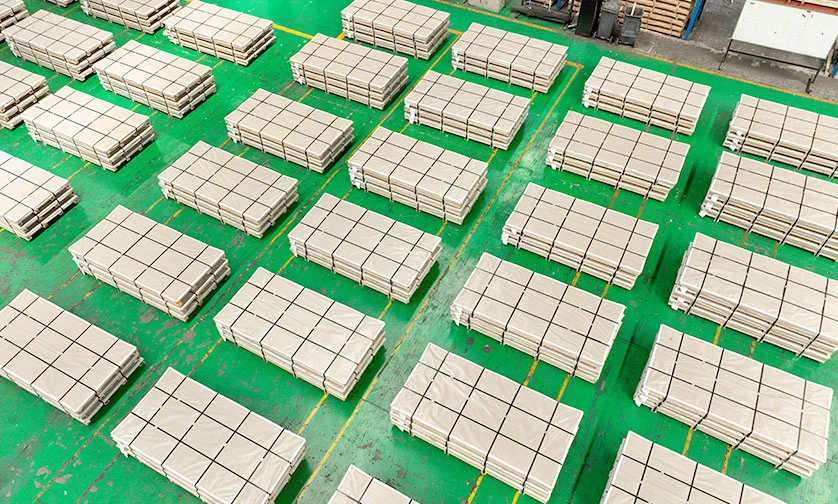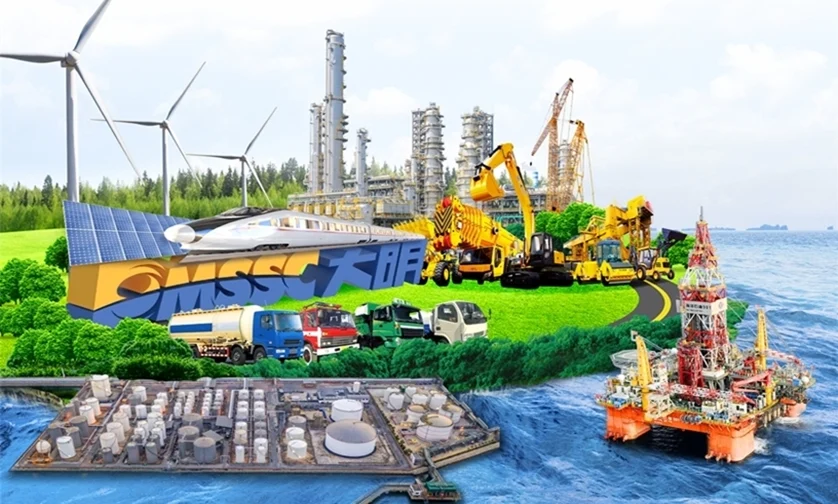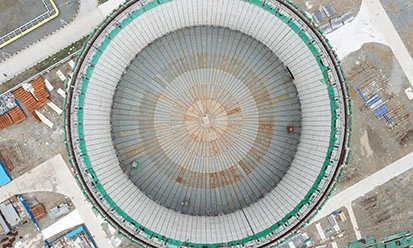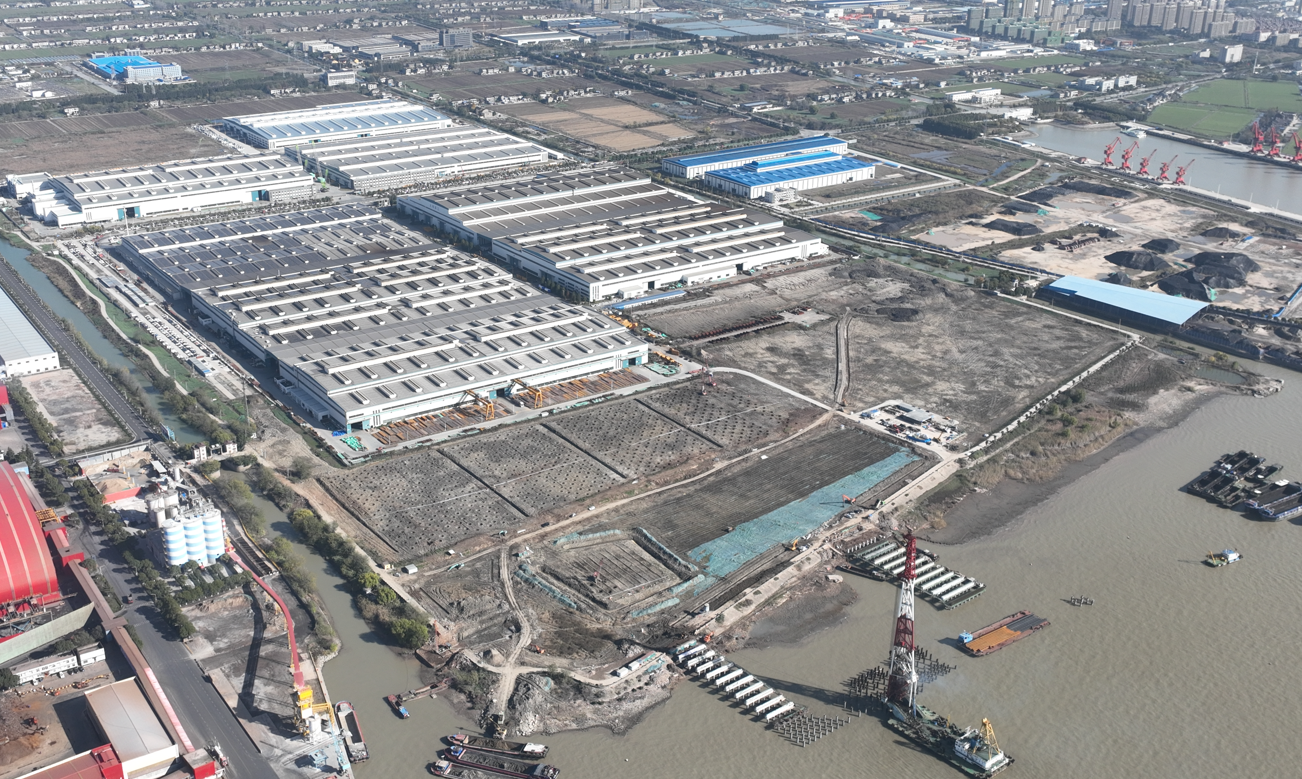Section 1: Introduction
In the bustling world of modern manufacturing and construction, one term that’s gaining considerable attention is ‘high strength and wear-resistant steel processing’. But what exactly does this term mean? Simply put, high strength and wear-resistant steel processing refers to a series of methods used to enhance the overall strength and durability of steel, while also improving its resistance to wear and tear. This process is crucial for various industries where robust, long-lasting materials are required.

The importance of high strength and wear-resistant steel in today’s industrial landscape is hard to overstate. This specialized steel finds extensive application in various sectors such as automotive, aerospace, construction, and heavy machinery, to name just a few. It’s prized for its superior performance and enhanced durability, which make it an ideal choice for environments that demand materials capable of withstanding high levels of physical stress.
Consider, for example, the construction industry. High strength steel can be used to build skyscrapers, bridges, and other structures that need to bear significant loads. Given its exceptional strength-to-weight ratio, it enables the creation of lighter, more efficient structures without compromising their stability or safety. Similarly, wear-resistant steel is invaluable in industries like mining or quarrying, where equipment is exposed to harsh conditions and abrasive materials on a daily basis. The remarkable resistance of this type of steel significantly reduces the frequency of equipment breakdowns, thereby saving both time and money.
As we delve deeper into the world of high strength and wear-resistant steel processing in the following sections, we’ll explore the different types of these specialized steels, their unique properties, and the benefits they offer over conventional steel. We’ll also shed light on the manufacturing processes that make it possible to produce these remarkable materials. So, let’s embark on this journey to understand why high strength and wear-resistant steel processing is such a vital part of modern industry.
What is High Strength Steel?
Diving deeper into the world of specialized steel, we come to high-strength steel, a fascinating and highly relevant material in today’s industries. High-strength steel, as the name suggests, is characterized by its superior strength compared to conventional steel types. This increased strength is achieved through a blend of metallurgical processes and controlled cooling methods that result in an enhanced grain structure. The result is a material with exceptional tensile strength, toughness, and resistance to deformation under load.

Types of High Strength Steel
High strength steel comes in various types, each suited to specific applications based on their unique characteristics. Let’s take a look at some of these:
- High Strength Low Alloy (HSLA) Steel: This variety is made by adding small amounts of one or several alloying elements, such as niobium, vanadium, or titanium. HSLA has improved mechanical properties and resistance to corrosion, making it ideal for structural use, automotive parts, and pipelines.
- Dual Phase (DP) Steel: DP steels possess a unique microstructure composed of a soft ferrite phase and a hard martensitic phase, giving them high strength and ductility. They are commonly used in the automotive industry for parts that require complex shapes and high dent resistance.
- Transformation Induced Plasticity (TRIP) Steel: TRIP steels offer excellent strength and ductility due to their unique microstructure, which changes under stress. This makes them suitable for automotive safety parts that need to absorb energy during an impact.
Advantages of Using High Strength Steel
The use of high-strength steel offers considerable advantages over conventional steel, making it a preferred choice for various applications. One of the main benefits is its superior strength-to-weight ratio. High-strength steels provide the same or better performance than traditional steels but with less material, leading to lighter structures and components. This is especially useful in the automotive and aerospace industries, where weight reduction can lead to significant fuel savings.

Furthermore, high-strength steel’s enhanced durability means that structures and parts made from it require less maintenance and are less likely to need replacement due to wear and tear. This not only saves costs but also contributes to sustainability by reducing waste and conserving resources.
In addition, high-strength steel’s ability to withstand high levels of stress makes it ideal for infrastructure projects such as bridges and high-rise buildings, where safety and long-term performance are paramount.
As we can see, high-strength steel offers many advantages and can be used in a wide range of scenarios, from cars to skyscrapers. With these powerful properties, it’s easy to see why this material has become an integral part of modern engineering and construction.
What is Wear-Resistant Steel?
After a comprehensive discussion on high-strength steel, we now turn our attention to another equally remarkable material – wear-resistant steel. As the name suggests, wear-resistant steel is a type of steel designed specifically to withstand wear and tear in harsh environments. Its unique properties make it an invaluable asset in industries where durability is paramount.
Defining Wear-Resistant Steel
Wear-resistant steel, also known as abrasion-resistant steel, is a robust form of steel that is characterized by its ability to resist wear caused by friction and impact. It accomplishes this through its hardness, a quality that is measured using the Brinell Hardness Number (BHN). The higher the BHN, the greater the hardness and, consequently, the wear resistance of the steel. This makes wear-resistant steel advantageous in environments where other types of steel would degrade quickly.
Varieties of Wear-Resistant Steel and Their Applications
Different types of wear-resistant steel are crafted for specific applications. For instance, AR400 steel is a common type with a BHN of around 400, making it suitable for moderate-wear situations. On the other hand, AR500 steel, with a BHN closer to 500, is used in extreme wear conditions, such as in mining equipment or shooting targets. Another type, the Manganese wear-resistant steel, has high impact strength, making it perfect for industries like construction where materials are subject to heavy impacts.\

The Benefits of Using Wear-Resistant Steel
So why do industries prefer wear-resistant steel? The answer lies in its numerous benefits. Because of its robustness, wear-resistant steel significantly prolongs the lifespan of machinery and components exposed to high-wear environments. This reduces the frequency of part replacement and, consequently, lowers costs. Moreover, by maintaining their integrity longer, these components ensure that operations run smoothly without unscheduled downtime, increasing overall productivity. Lastly, wear-resistant steel’s ability to endure intense conditions enhances safety by reducing the risk of machinery failure.
As we have seen, both high-strength and wear-resistant steel play crucial roles in various industries, owing to their unique properties. Together, they form a powerful combination that offers enhanced durability and cost-effectiveness. In the next section, we will look at why the processing of these steels is so important and delve into the methods used to manufacture them.
Why is High Strength and Wear-Resistant Steel Processing Important?
As we delve deeper into the world of high-strength and wear-resistant steel, it’s essential to understand why their processing holds such significance. The reasons are multi-layered, but they fundamentally revolve around three pivotal aspects – enhancing durability and longevity of components, increasing load-bearing capacity and structural integrity, and providing cost-effectiveness through reduced maintenance and replacement needs.
Enhancing Durability and Longevity
High strength and wear-resistant steel, owing to their inherent properties, undergo rigorous processing that significantly augments their durability and longevity. The processing techniques ensure that these steels can withstand high pressure, tension, and wear without compromising their performance. This robustness is essential in heavy-duty applications where materials are subjected to severe environmental conditions and operational stresses. From automotive parts to construction elements, processed high-strength and wear-resistant steel prove to be an enduring choice, thereby reducing the frequency of part replacement.

Increased Load-Bearing Capacity and Structural Integrity
In addition to durability, another considerable benefit of these specially processed steels is their impressive load-bearing capacity. Thanks to the sophisticated processing methods, these steel types can bear substantial loads without deformation, making them an ideal material for structures requiring high strength-to-weight ratio. Think about the skyscrapers, bridges, or even your everyday vehicles – all of these rely on the exceptional load-bearing capacity of high-strength steel to maintain their structural integrity.
Cost-Effectiveness Through Reduced Maintenance and Replacement Needs
Lastly, let’s consider one of the most appealing benefits of high-strength and wear-resistant steel processing: cost-effectiveness. By utilizing steels with superior durability and strength, industries can significantly cut down on maintenance costs and part replacements. It’s a simple equation: the longer a component lasts and the fewer repairs it needs, the more savings it brings. This cost-effectiveness isn’t just about monetary savings; it also translates to resource efficiency, which is a critical aspect in our increasingly sustainability-conscious world.
In essence, the importance of high-strength and wear-resistant steel processing goes beyond their exceptional physical properties. By enhancing durability, increasing load-bearing capacity, and promoting cost-effectiveness, these steels provide a comprehensive solution for industries seeking high-performance materials. As we move forward, these advantages will continue to drive innovations in steel processing and applications across various sectors.
Section 5: How is High Strength and Wear-Resistant Steel Processed?
Steel processing is not as simple as it appears. It involves a series of complex procedures to transform ordinary steel into high-strength and wear-resistant variants. In this section, we will delve into the intriguing world of steel processing, taking a closer look at the methods used to manufacture these super-powered steels.
Manufacturing Processes for High Strength and Wear-Resistant Steel
Firstly, let’s discuss how high-strength and wear-resistant steel is made. The process begins with the raw material – iron ore, which is then smelted in a blast furnace to produce pig iron. This pig iron is combined with scrap steel and oxygen in a basic oxygen furnace to create crude steel. After the crude steel is cast into slabs, blooms or billets, it’s time for the real magic to happen. The steel is then subjected to various treatments and processes such as alloying, rolling and quenching to enhance its strength and hardness, as well as its resistance to wear and tear.

